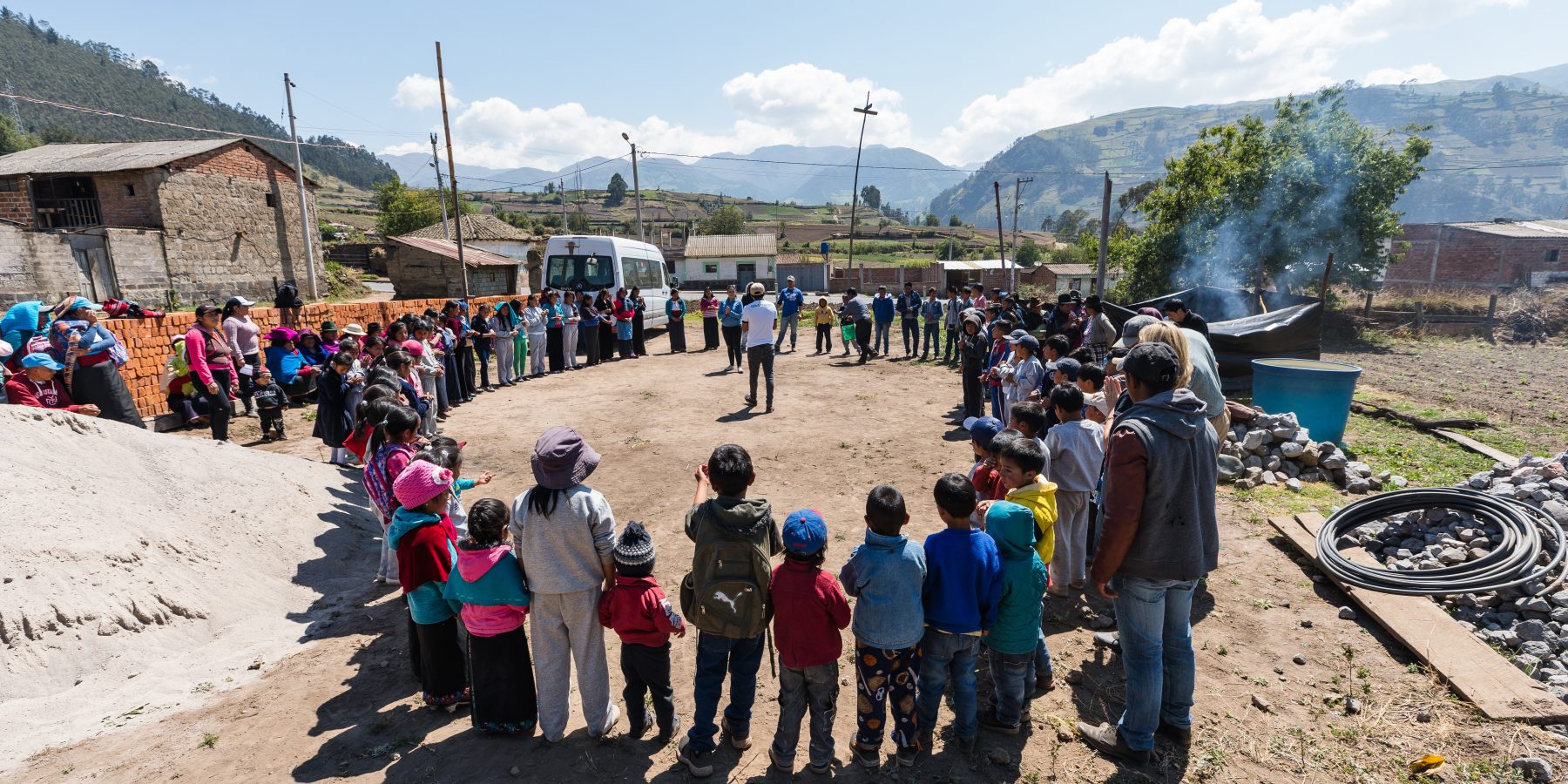Participatory Approach

The focus in this toolkit is primarily on enabling Northern NGOs and volunteer organisations to engage themselves in M&E. Once Northern NGOs start thinking evaluatively, they can and should move towards participatory forms of evaluation and towards training others to collect data and participate fully in the M&E process.
The importance of such participatory forms of M&E is recognised in the data collection and data checking tools outlined in our 1-2-3 method. many of these techniques, from the Most Significant Change through to community interviews have a strong participatory element..

A key aim of this guide is to build confidence in Northern NGOs and volunteer organisations regarding participatory approaches. NGOs and volunteer organisations should ideally involve beneficiaries and stakeholders at every stage of the planning, delivery and M&E process. Participatory approaches allow for an ongoing dialogue throughout the project and involve stakeholders and beneficiaries in the collection and analysis of findings. They give priority to the opinions of local people, on the assumption that they are the experts in their own lives.
Participatory Appraisals and Evaluations employ a wide range of flexible, adaptable tools and techniques. These are designed to encourage learning and provide methods of consultation that can be chosen and reworked to suit whichever group is taking part in the process.
They give local people the skills and confidence to work as equal partners with NGOs and aid agencies. Participatory work tries to include everyone relevant to the activity, including those who are hard to reach. This leads to local people taking ownership of the process (using their analysis, their logic and their words). See Northumberland CVA for more information.
Advantages
The potential advantages include:
- It gives you a better perspective on both the initial needs of the project’s beneficiaries, and on its ultimate effects.
- It can produce information you would not get otherwise. Local people interviewing their friends and neighbours may secure information that outsider would not.
- It tells you why something does or doesn’t work. Beneficiaries can explain exactly why, for example, they didn’t respond to a particular technique or approach. It empowers stakeholders and gives a voice to those who are often not heard.
- It teaches employment and life skills, as well as boosting self-confidence among participants.
- It is generally more inclusive and encourages ownership of the project.
- It encourages working collaboratively and builds trust between NGO staff and the local community.
- It can be particularly helpful where there are issues in the community or population that outside evaluators may not know, fully appreciate or be able to collect.
Disadvantages
As regards the disadvantages, these are likely to be more manageable as NGOs become more familiar with M&E techniques and feel confident about empowering local people to become fully engaged in M&E. They include:
- It takes more time than a professional evaluator or evaluation team would.
- It can require considerable time and effort to ensure buy-in and the establishment of trust among all participants.
- You have to make sure that everyone is heard, not just dominant voices and ‘leaders’ of various groups.
- You have to train people to understand evaluation and how the participatory process works. Local people may have more pressing issues which may cause delays to participatory evaluations.
- You may have to adapt the way that information is collected to reflect, for example, high local levels of illiteracy.
- You must check that your funder is open to the idea of participatory evaluation.
For a detailed discussion of the advantages and disadvantages of participatory evaluation, see CTB.KU
Where to next?
Cleck here to return to the top of the page and here to move on the project planning and evaluation tools.